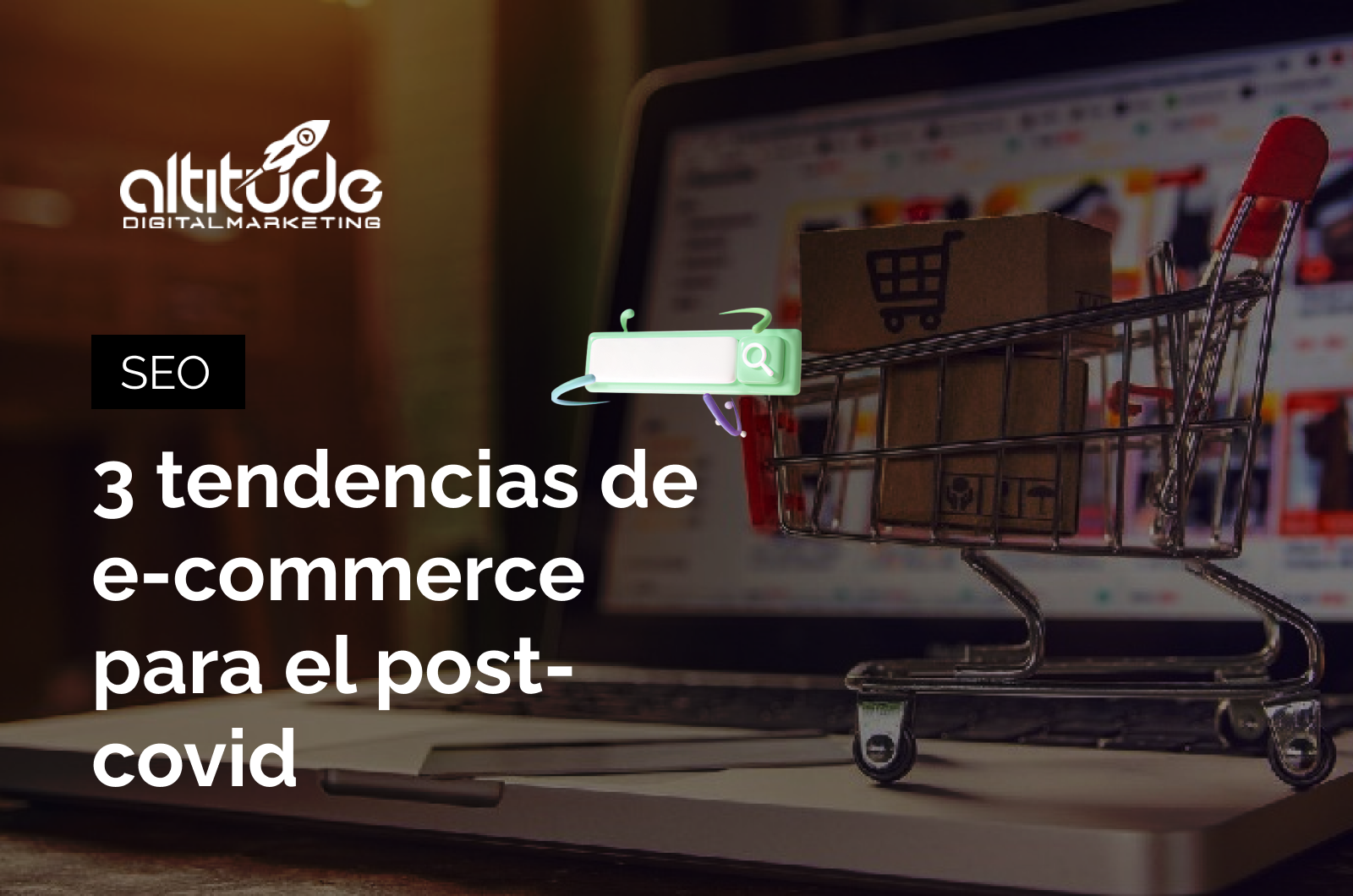The e-commerce trend had already been growing before the pandemic, as the public seemed to be increasingly drawn to web users and social media. When Covid became more widespread, digital shopping became indispensable, more important, and crucial for the public to continue purchasing what they needed to survive.
According to a recent study by eMarketer, it has been revealed that e-commerce will continue to grow, but physical stores and their functionalities will not be completely ignored.
There are 3 key points to analyze to understand what the future holds for e-commerce in the post-Covid era:
- E-commerce will continue to grow, but at a slower pace
According to the eMarketer study, the total growth of e-commerce this year will be 12.2%. Even though e-commerce remains a popular shopping format, its evolution will be moderate due to the return of traditional shopping methods.
For those who wish to maintain this sales model, the ideal strategy is to integrate it with traditional methods, where digital marketing efforts benefit both channels and users. The key is to create actions that allow the online store to grow while also communicating the details of physical stores such as addresses and hours. You can also include other types of content like discounts, product information, and customer service to maintain the value obtained so far.
- Physical stores will make a comeback
In 2021, physical stores even outperformed pre-pandemic times, growing by 9.7%. According to eMarketer, this year’s growth will be 5%, so, as mentioned in the previous point, it’s important to continue promoting them on social media.
Making products known online, even without an e-commerce site, opens the opportunity to access a new group of potential customers. Therefore, informative content will be very useful for communicating the benefits of products.
Interest-driven content also allows for early customer loyalty, even for those who haven’t yet tried the products. This makes it easier to share details about store updates, exclusive promotions, and more to increase the chances of turning someone into an official customer.
- There won’t be as many new buyers as before
eMarketer projects that there will be a total of 2.56 billion online shoppers, a large number, but fewer than in the past two years when e-commerce was the primary buying and selling method.
At this point, it is essential to reinforce the methods available for connecting with customers. The goal will be to identify the target audience that is buying your products in 2022, then create a strategy for the social media channels they are currently using to share your content with them.
Once the audience is identified, it will be possible to resume digital actions, which may undergo many changes. This could be a renewed landing page with your store’s address, a catalog of new products, more customer experiences with your products, etc.
In conclusion…
The world has long sought to emerge from the pandemic. Now that normality is slowly returning, both social media and businesses will need to undergo a series of necessary changes to continue existing.
E-commerce is part of this long line of changes, as consumers will transform their habits, preferences, and even the channels they use to make purchases.
With this in mind, e-commerce businesses will need to re-study their market, understand their consumers, and even establish new partnerships with physical stores to continue functioning.

